Monkeys
Introduction:
Monkeys, a fascinating and diverse group of primates, captivate our imagination with their playful antics, complex social structures, and remarkable adaptations. Found in a variety of habitats across the globe, these intelligent creatures showcase a wide range of behaviors, from the acrobatics of New World monkeys swinging through the rainforest canopy to the thoughtful tool use exhibited by certain Old World monkey species. From the mischievous capuchins to the majestic langurs, each monkey species contributes its own chapter to the rich tapestry of life in the animal kingdom.
Species of monkeys:
There are over 260 different species of monkeys. Monkeys are broadly classified into two main groups: New World monkeys (found in the Americas) and Old World monkeys (found in Africa and Asia). Each group includes various species with different characteristics, behaviors, and habitats.
Taxonomy of monkeys:
Monkeys belong to the order Primates, which is further divided into two suborders: Strepsirrhini (lemurs, lorises, and galagos) and Haplorhini (tarsiers, monkeys, and apes). Monkeys fall within the suborder Haplorhini and are divided into two infraorders: Platyrrhini (New World monkeys) and Catarrhini (Old World monkeys and apes).
Order: Primates
Suborder: Haplorhini
Infraorder 1: Platyrrhini (New World Monkeys)
- Family: Atelidae (Howler monkeys, spider monkeys, woolly monkeys)
- Family: Cebidae (Capuchin monkeys, squirrel monkeys, tamarins, marmosets)
- Family: Pitheciidae (Titis, sakis)
Infraorder 2: Catarrhini (Old World Monkeys and Apes)
- Superfamily: Cercopithecoidea (Old World monkeys)
- Family: Cercopithecidae (Baboons, macaques, guenons, langurs)
- Superfamily: Hominoidea (Apes)
- Family: Hylobatidae (Gibbons and siamangs)
- Family: Hominidae (Great apes and humans)
Here are some examples of New World monkeys (found in the Americas) and Old World monkeys (found in Africa and Asia):
New World Monkeys (Americas):
Capuchin Monkeys (Cebidae): Examples include the white-faced capuchin and the tufted capuchin.

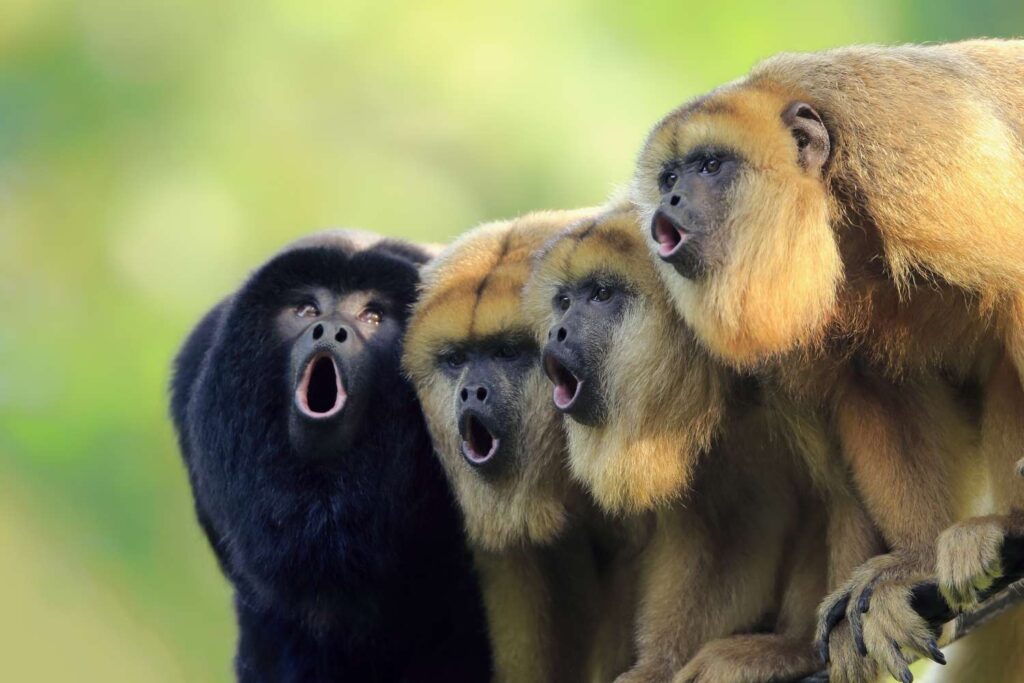
Howler Monkeys (Atelidae): Examples include the mantled howler and the black howler.
Spider Monkeys (Atelidae): Examples include the black-headed spider monkey and the black spider monkey.
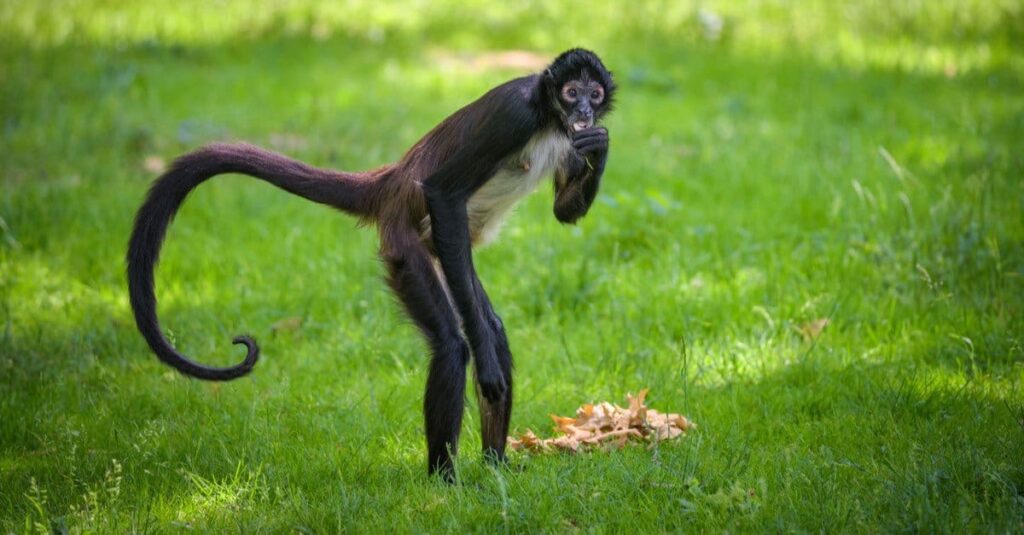
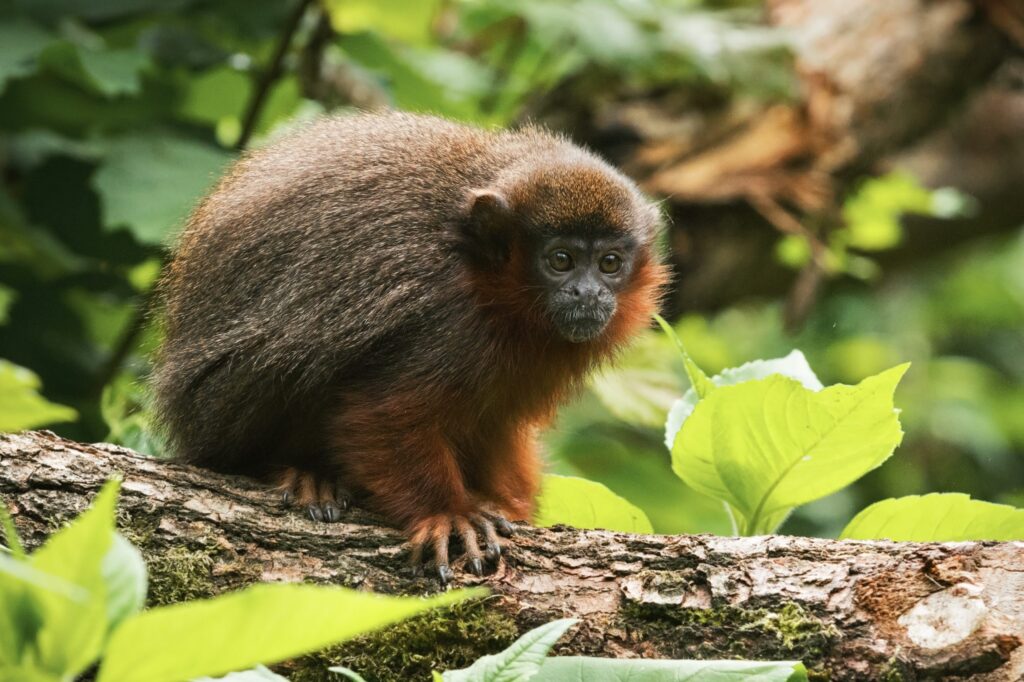
Titi Monkeys (Pitheciidae): Examples include the red titi and the grey titi.
Squirrel Monkeys (Cebidae): Examples include the common squirrel monkey and the black-capped squirrel monkey.
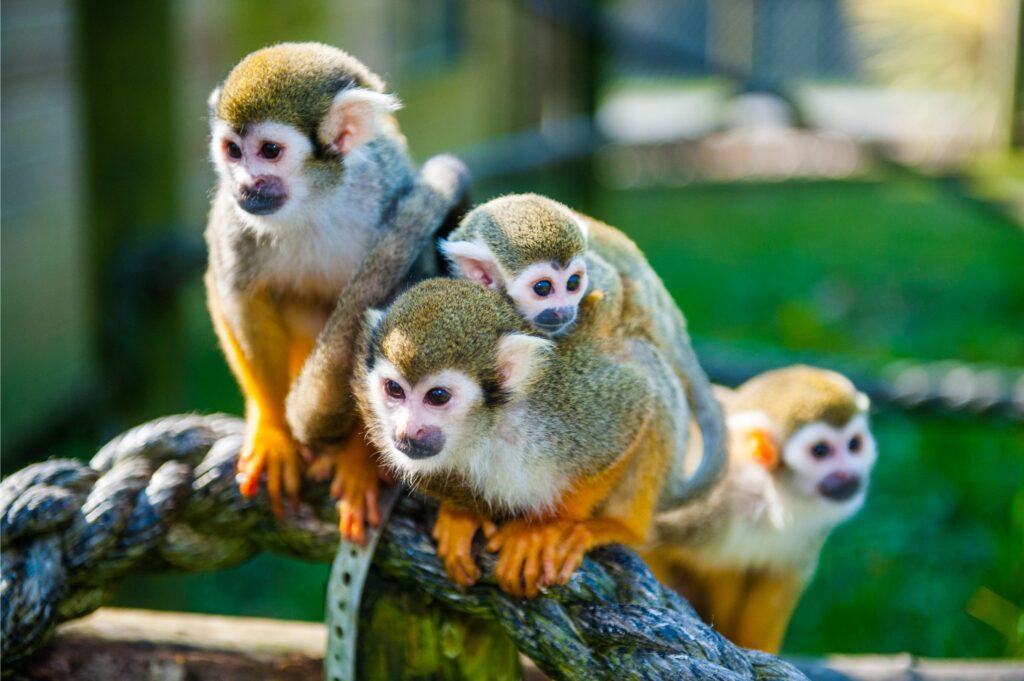
Old World Monkeys (Africa and Asia):
Baboons (Cercopithecidae): Examples include the chacma baboon and the olive baboon.
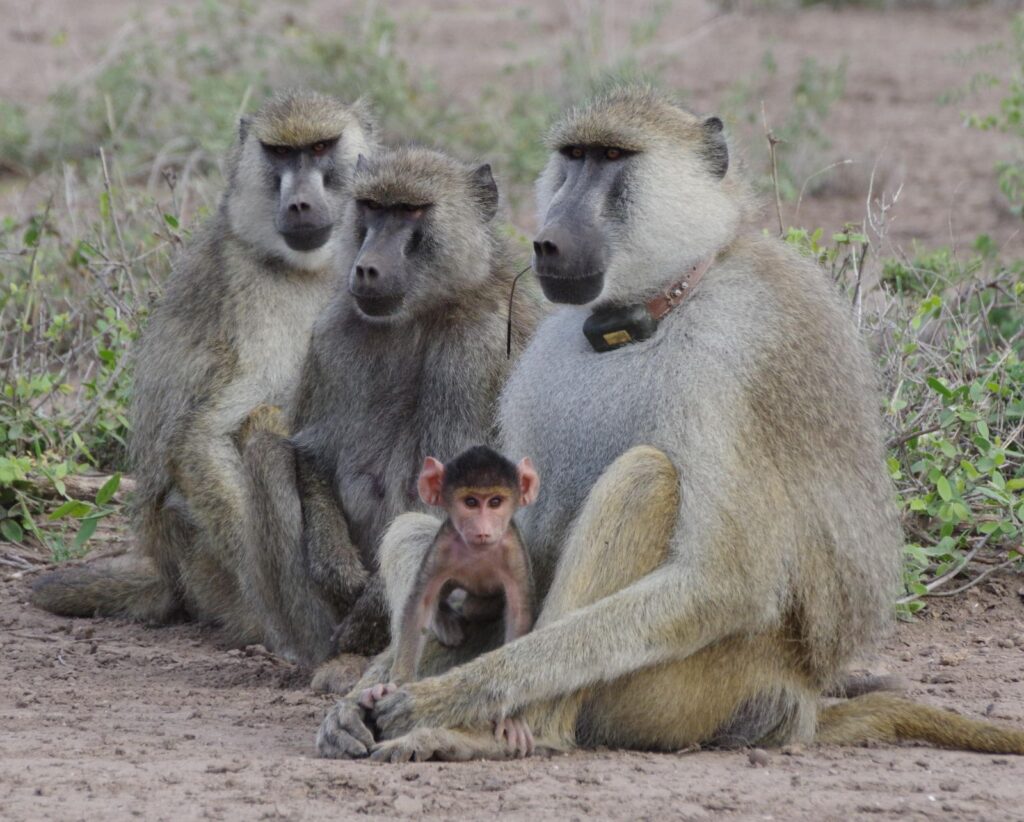
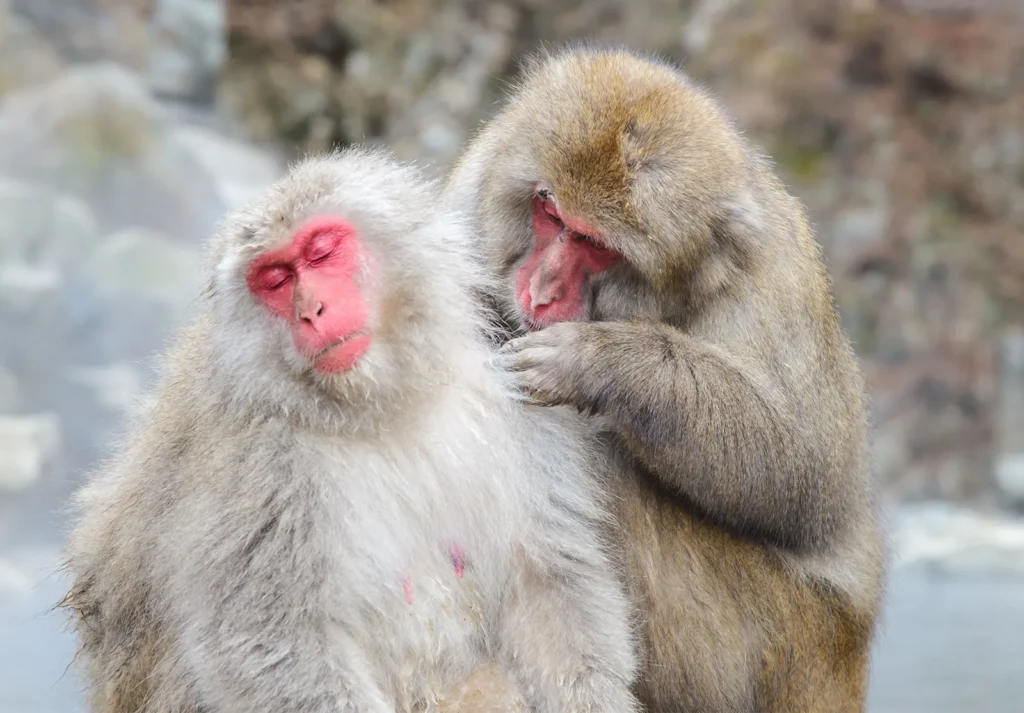
Macaques (Cercopithecidae): Examples include the rhesus macaque and the Japanese macaque (snow monkey).
Colobus Monkeys (Cercopithecidae): Examples include the black-and-white colobus and the red colobus.
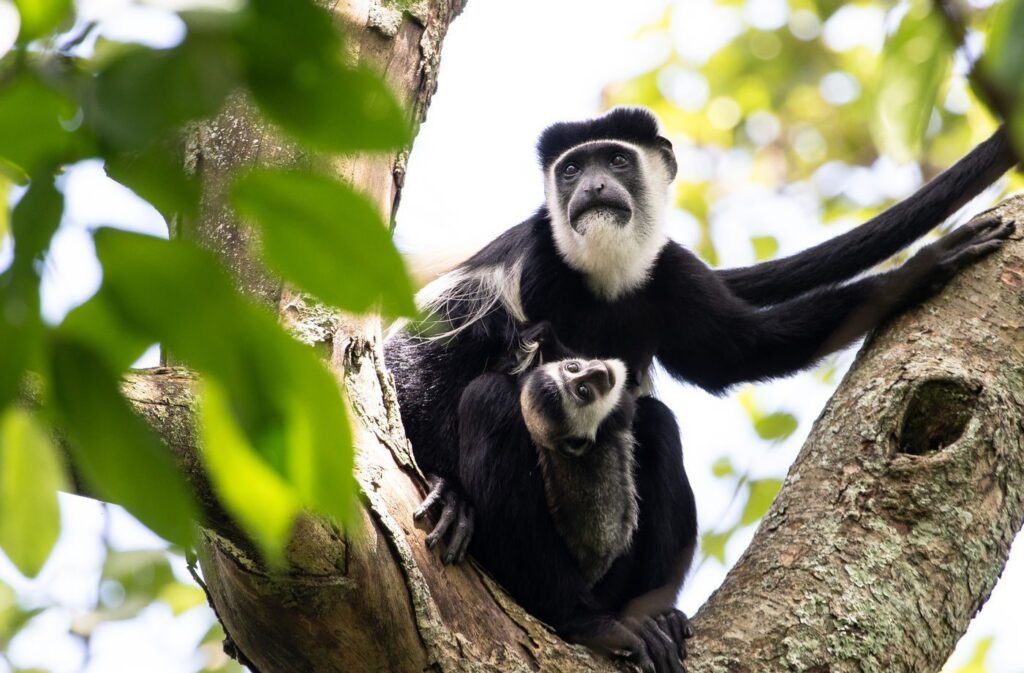

Langurs (Cercopithecidae): Examples include the gray langur and the purple-faced langur.
Guenons (Cercopithecidae): Examples include the vervet monkey and the Diana monkey.
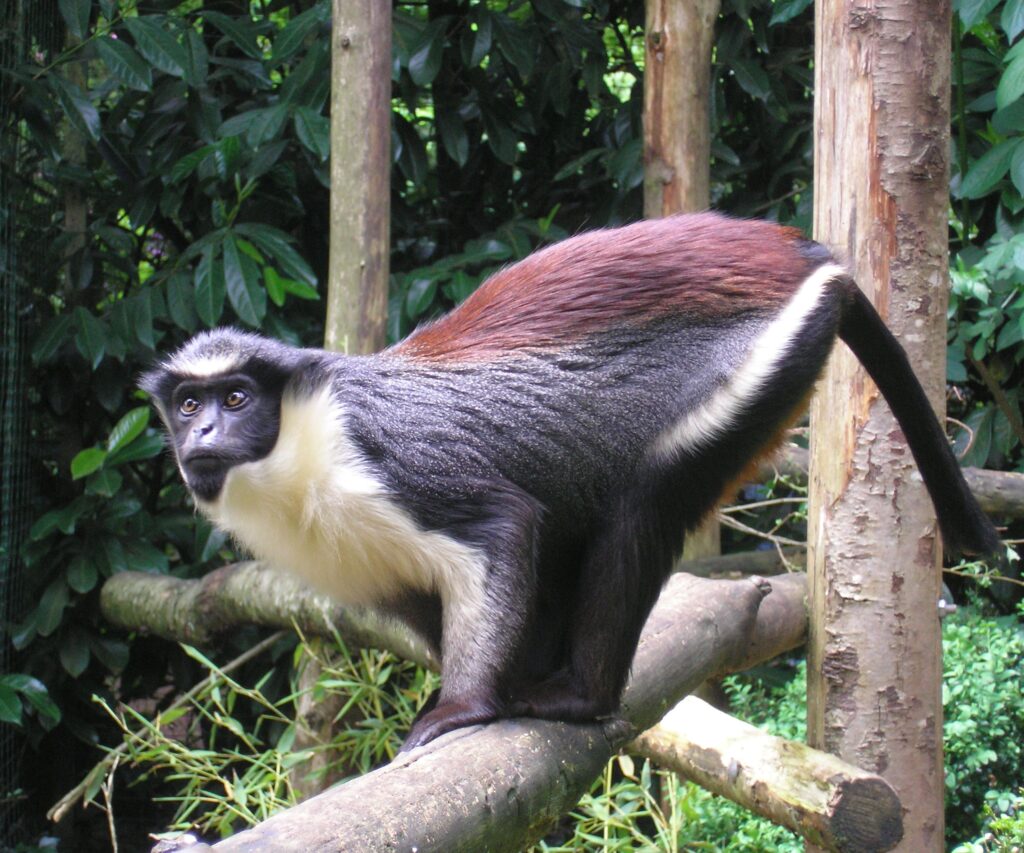
These are just a few examples, and there are many more species within each group with their own unique characteristics and features.
Habitat:
Monkeys are found in a wide range of habitats around the world, and their specific habitat preferences depend on the species.
Tropical Rainforests:
Many monkey species inhabit the dense canopies of tropical rainforests. The Amazon Rainforest in South America and the Congo Basin in Africa, for example, are home to a diverse array of monkey species.
Savannas and Grasslands:
Some monkeys, such as baboons and vervet monkeys, are adapted to live in more open habitats like savannas and grasslands.
Mangrove Swamps:
In coastal regions, monkeys may be found in mangrove swamps, where they navigate through the tangle of roots and utilize both land and water resources.
Temperate Forests:
In parts of Asia, Europe, and North America, monkeys, particularly macaques, can inhabit temperate forests.
Mountains and Highland Forests:
Certain monkey species are adapted to living in mountainous regions and highland forests. The golden snub-nosed monkey in China is an example of a species that thrives in such environments.
Human-Altered Environments:
Unfortunately, some monkey species have adapted to living in human-altered environments, such as urban areas, agricultural landscapes, and even temple complexes. This adaptation can lead to both challenges and opportunities for these primates.
Swamps and Wetlands:
In some areas, monkeys may inhabit swamps and wetlands, utilizing the resources found in these water-rich environments.
It’s important to note that within each habitat type, different monkey species may have specific adaptations to their environment, including feeding strategies, social behaviors, and methods of locomotion.
Diet:
Fruits and Vegetables:
Many monkeys are frugivores, meaning they primarily eat fruits. They may also consume various types of vegetables. Examples include capuchin monkeys, which are known for using tools to open nuts and fruits.
Leaves and Foliage:
Some monkeys are folivores, mainly consuming leaves and foliage. Colobus monkeys, for example, have a specialized digestive system adapted for breaking down the cellulose in leaves.
Insects and Small Animals:
Certain monkeys include insects and small animals in their diet. For example, some species of tamarin monkeys are known to eat insects and small vertebrates.
Nuts and Seeds:
Monkeys like capuchins and macaques are known to eat nuts and seeds. They may use tools to crack open hard shells to access the nutritious contents.
Gums and Sap:
Some monkeys feed on gums and sap obtained from trees. This behavior is observed in certain species like marmosets and tamarins.
Bird Eggs:
In some cases, monkeys may raid bird nests to eat eggs. This behavior is seen in certain opportunistic species.
Human Food Sources:
Unfortunately, in areas where monkeys and humans coexist, some monkeys may adapt to eating human food, including scraps and discarded items. While this behavior can lead to nutritional imbalances, it highlights the adaptability of some species.
Mating behaviors:
Monogamy: Some monkey species form monogamous pairs, where a male and female form a long-term mating partnership. Gibbons are an example of monogamous primates.
Polygamy: Other species are polygamous, where one individual may mate with multiple partners. This can be further divided into polygyny (one male mating with multiple females) or polyandry (one female mating with multiple males).
Promiscuity: In some monkey species, there is no strong pair-bonding, and individuals may mate with multiple partners without forming long-term relationships.
Gestation period:
The gestation period, or the duration of pregnancy, varies among monkey species. Here are approximate gestation periods for some common monkey species:
New World Monkeys:
Capuchin Monkeys: About 5 to 6 months.
Howler Monkeys: Approximately 6 months.
Spider Monkeys: Around 7 to 8 months.
Old World Monkeys:
Baboons: About 6 months.
Macaques: Gestation periods can vary, but they generally range from 5 to 7 months depending on the species.
Colobus Monkeys: Approximately 5 to 6 months.
Langurs: Typically around 6 months.
Tamarins and Marmosets:
Common Marmosets: Around 4.5 to 5 months.
Cotton-top Tamarins: Approximately 6 to 7 weeks.